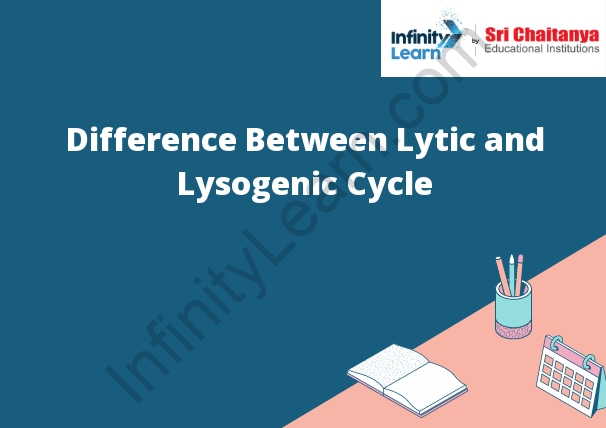Table of Contents
An Introduction to Lytic and Lysogenic Cycle
The lytic cycle is a process by which a virus infects a host cell, replicates within the host cell, and then destroys the host cell. The lysogenic cycle is a process by which a virus infects a host cell, replicates within the host cell, and then enters into a dormant or inactive state.

What is the Lytic Cycle?
The lytic cycle is the process that a virus uses to reproduce inside a host cell. The virus will first attach to the cell, then inject its genetic material into the cell. The virus’ genes will then take over the cell’s machinery and force the cell to produce new viruses. The new viruses will then break out of the cell and infect other cells.
What is the Lysogenic Cycle?
The lysogenic cycle is a process by which a virus enters a bacterium and becomes part of its chromosome. The virus is called a prophage. The prophage can remain inactive for a long time, but it can be activated to produce new viruses that can infect other bacteria.
Lytic and Lysogenic Cycle Difference
The lytic cycle is a process that bacteria use to destroy cells. The lysogenic cycle is a process that bacteria use to reproduce.
Lytic vs Lysogenic Cycle
The lytic cycle is a process that viral DNA uses to replicate inside of a host cell. The viral DNA takes over the host cell’s machinery to produce more virus particles. The lysogenic cycle is a process that viral DNA uses to integrate into the host cell’s DNA. The viral DNA remains inactive until the host is stressed, at which point the viral DNA is activated and the lytic cycle begins.






